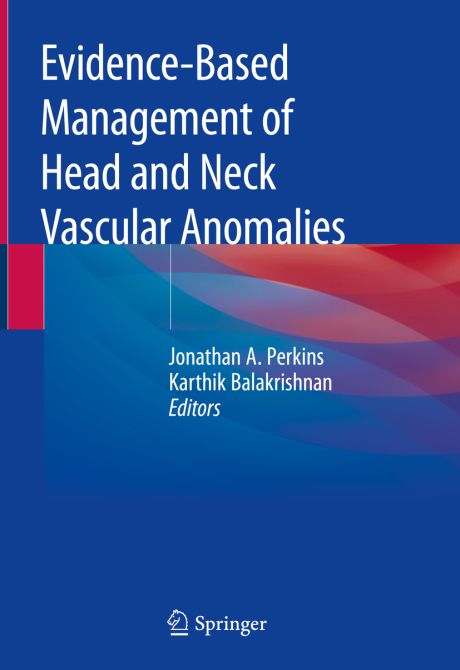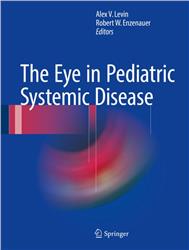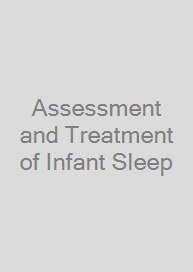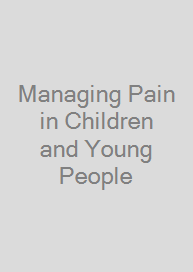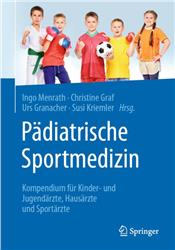Management of Head and Neck Vascular Anomalies
Evidence-Based Assessment
| Auflage | 1st ed. 2018 |
| Seiten | 300 pp., 150 illus. |
| Verlag | Springer |
| ISBN | 9783319923055 |
| Artikel-Nr. | 611252 |
Lieferzeit ca. 5 Werktage
Produktbeschreibung
Vascular anomalies comprise a diverse and clinically challenging set of conditions with significant impact on patient function and quality of life and, in certain cases, on survival. They affect both children and adults and may occur at any anatomic site. Each category and type of vascular anomaly poses unique diagnostic and therapeutic challenges that cannot be addressed adequately without understanding the fundamental scientific literature pertaining that that specific clinical entity. The combination of this clinical diversity with rapid expansion of knowledge in medical and surgical therapy, genetics, and molecular and developmental biology makes this proposition challenging for any provider who sees patients with these conditions. We aim to develop a text that will provide clinicians and clinical researchers a strong foundation in the scientific literature pertaining to assessment and care of vascular anomalies. The text will achieve this goal through a unique format, in which each clinical condition will be summarized along with five key elements:1. Medical photographs and radiographic images illustrating key characteristics of the condition2. A summary of current diagnostic and therapeutic options3. A summary of the evidence supporting each of the options in #24. “Expert insights”: clinical and research pearls from national and international leaders in the care of the condition5. A list of syndromes and genetic mutations known to be associated with the entity under discussion, as well as a summary of known biologic development and pathophysiology.6. Reproductions of 3-5 seminal studies pertaining to the condition under discussion.
Items #1 and 2 are common to most texts but are important in keeping the volume useful to readers. Items #3, 4, 5, and 6, in contrast, are relatively unique to this book. The combination of these elements is not available in any otolaryngology book of which we are aware, nor in any volume on vascular anomalies. By including all of these elements in each chapter, we hope that readers can quickly develop a comprehensive and evidence-based understanding of both the “art” and the “science” of treating a given condition, taking advantage of both experts’ experience and scientific evidence to provide the best and most confident clinical care possible. From the evidence standpoint, we have reviewed approximately 800 papers thus far to begin developing a list of possible references to include in #6 above.
Items #1 and 2 are common to most texts but are important in keeping the volume useful to readers. Items #3, 4, 5, and 6, in contrast, are relatively unique to this book. The combination of these elements is not available in any otolaryngology book of which we are aware, nor in any volume on vascular anomalies. By including all of these elements in each chapter, we hope that readers can quickly develop a comprehensive and evidence-based understanding of both the “art” and the “science” of treating a given condition, taking advantage of both experts’ experience and scientific evidence to provide the best and most confident clinical care possible. From the evidence standpoint, we have reviewed approximately 800 papers thus far to begin developing a list of possible references to include in #6 above.

Bleiben Sie informiert!
Melden Sie sich für den frohberg.de-Newsletter an und nutzen Sie jetzt Ihre Vorteil:- Willkommens-Dankeschön: Beatmungsmaske Rescue Me
- Aktuelle Neuerscheinungen und Empfehlungen
- Exklusive Angebote und Kongress-Highlights
